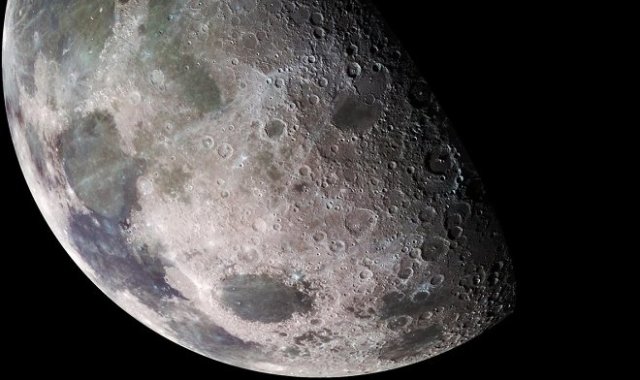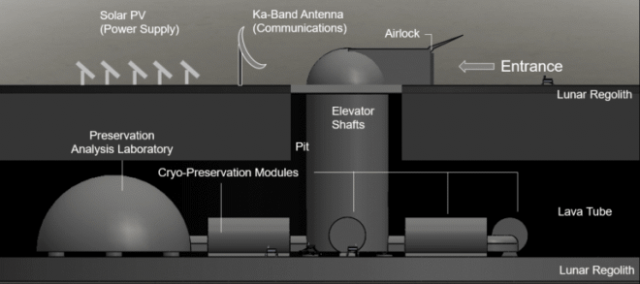
Moon Ark
The probability of a global catastrophe caused by man, accompanied by the death of millions of people, animals and plants, is very high and is constantly increasing. According to scientists, we are talking about the impending sixth mass extinction.
Not surprisingly, under these conditions, a team of researchers from the University of Arizona (UA) has developed the concept of building a bio-storage facility on the Moon called "Noah's Ark", where millions of Earth samples of seeds, spores, sperm and eggs will be collected. Its prototype was the global seed storage facility at Svalbard in the Arctic. This is a giant seed bank of almost a million samples of the most important food crops from around the world, created in the event of a global catastrophe. However, in 2016, as a result of the melting of permafrost, water began to enter the storage facility, which indicates its unreliability and vulnerability to global climate change. As it turned out, there are very few absolutely safe places on Earth. Scientists from UA have proposed an unusual solution to this problem – to place a repository of terrestrial biomaterials on... the moon. They are convinced that our satellite is the ideal place to place the "Noah's Ark": it is uninhabited, it is consistently cold, there are no earthquakes and flooding that create problems in terrestrial conditions.

Moon Ark
According to the researchers, the ideal place for the "Noah's Ark" on the Moon is hidden under the surface of the lava tubes. Access to the vaults will be possible with the help of elevators. The storage temperature of seeds is approximately -180°, and the storage temperature of animal cells is 196 °C. Solar panels located on the surface will ensure the life of the storage facility. Cold modules have another advantage – at cryogenic temperatures, the effect of quantum levitation occurs, in which the superconducting material hovers over a powerful magnet, which can be used to install shelves with samples. The main problem of the lunar "Noah's Ark" is the delivery of samples from Earth. Scientists estimate that it will take about 250 launches to transport just 50 samples from each of the 6.7 million species.
